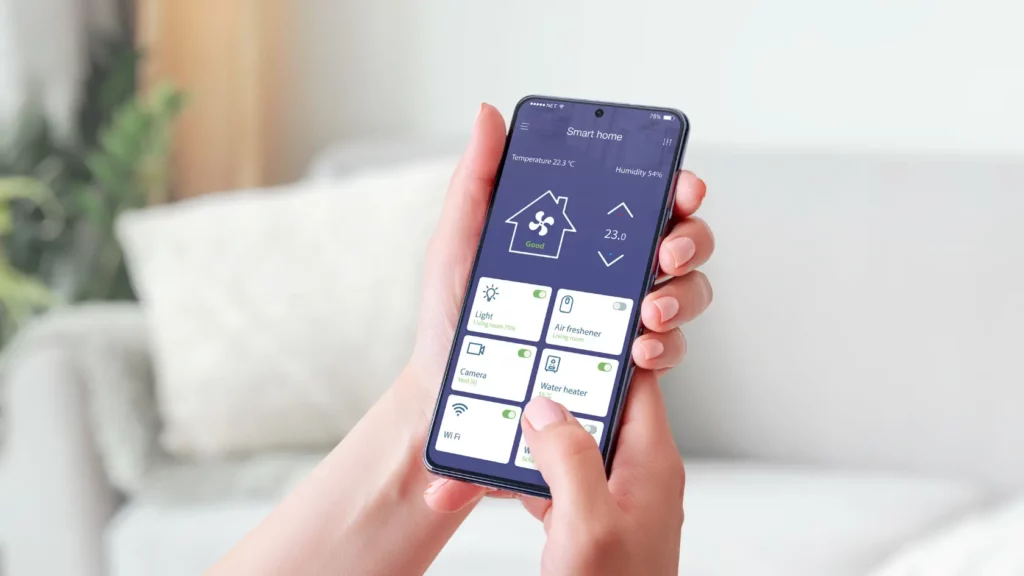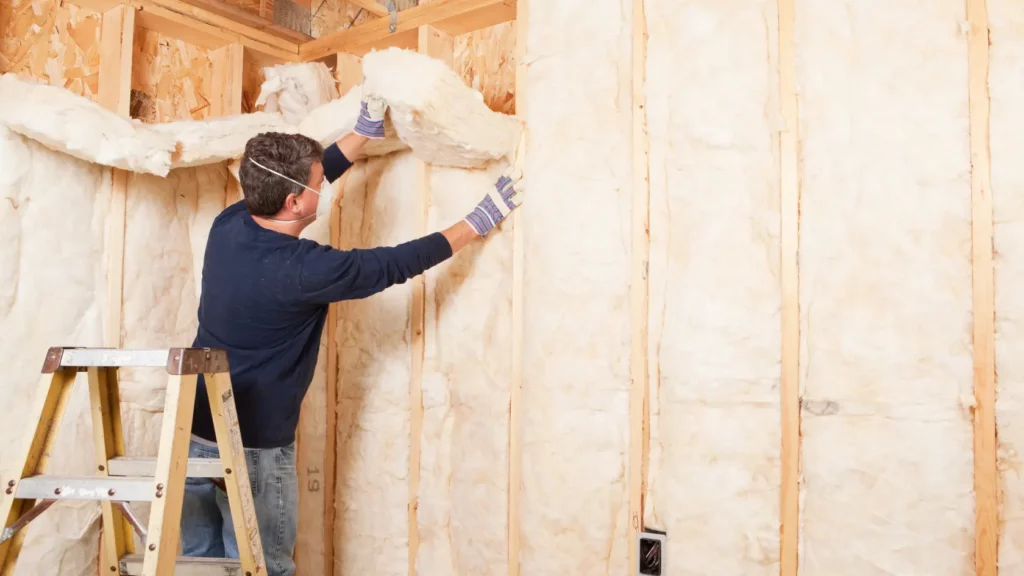As UK homeowners look towards 2025 and beyond, the need for sustainable home improvements has never been more relevant. With rising energy costs, environmental awareness, and evolving design trends, many are wanting upgrades that not only enhance their homes but also contribute to a greener planet. From smart home technology integration to energy-efficient home upgrades, this guide covers practical, innovative ideas for creating a sustainable living space that benefits homeowners and the environment.
1. Why Sustainable Home Improvements Are Essential
Sustainable home improvements go beyond aesthetics; they’re about reducing carbon footprints, lowering utility bills, and creating healthier living environments. With an increasing number of homeowners focusing on eco-friendly renovations, sustainable designs have become a key factor in boosting property value and future-proofing homes. Some of the benefits of going green include:
- Lower Energy Costs: Installing energy-efficient systems can drastically reduce monthly expenses.
- Healthier Living Spaces: Natural materials and proper ventilation improve indoor air quality.
- Increased Resale Value: Homes with sustainable features appeal to environmentally conscious buyers.
According to the UK Green Building Council’s Home Efficiency and Retrofit Tool, by lowering your bills and emissions, homeowners gain access to potentially lower mortgage rates through green mortgages and higher home resale values.
2. Smart Home Technology Integration: The Future of Green Living

Smart technology is no longer a luxury—it’s a necessity for creating efficient and sustainable homes. Homeowners can easily control lighting, heating, and appliances through mobile apps or voice commands, saving energy without compromising comfort.
Key Smart Home Upgrades
- Smart Thermostats: Adjust temperature settings automatically based on room usage.
- Intelligent Lighting Systems: Use sensors to turn off lights when rooms are unoccupied.
- Energy Monitoring Devices: Track electricity usage in real-time to identify areas for improvement.
These upgrades not only reduce energy consumption but also offer convenience and long-term savings. By integrating smart home solutions, homeowners can actively participate in the UK’s move towards sustainable living.
Recommended: How UK Households Are Using Self Storage to Combat Clutter
3. Energy-Efficient Home Upgrades to Consider
Energy-efficient home upgrades are at the heart of sustainable living. In 2025, homeowners are prioritising installations that provide immediate and long-term benefits. Some popular upgrades include:
- Insulation: Proper insulation reduces heat loss and lowers energy bills.
- Solar Panels: These can generate clean energy, reducing your carbon footprint.
- Double- or Triple-Glazed Windows: Improve thermal efficiency by preventing heat from escaping and help to reduce noise pollution.
With the help of these upgrades, homes can become more self-sufficient and less reliant on traditional energy sources. As a result, homeowners can expect to see significant savings in their utility bills while making a positive impact on the environment. They will also increase overall comfort by maintaining consistent indoor temperatures year-round.
Recommended: How Solar Power is Revolutionising Energy Consumption in UK Homes
4. Broken-Plan Living: The Evolution of Open Spaces
While open-plan living dominated home design for decades, 2025 sees a shift toward broken-plan living. This trend addresses many of the challenges posed by traditional open layouts, such as noise, lack of privacy, and energy inefficiency.
What Is Broken-Plan Living?
Broken-plan living involves creating distinct zones within an open space using partial walls, room dividers, or level changes. This design maintains the spacious feel of an open-plan layout while offering practical benefits. Here’s why it’s trending:
- Increased privacy for work and relaxation
- Better noise control
- Improved energy efficiency through zoned heating and cooling
How to Incorporate Broken-Plan Design
Want to incorporate a broken-plan design in your home? Start by using shelving units, glass partitions, or partial walls to divide spaces while maintaining an open, airy feel and allowing natural light to flow throughout the area.
These options are perfect for creating distinct zones without making the space feel closed off. For added functionality, consider incorporating sliding doors, which can provide flexibility by easily opening or closing off areas as needed, making your space adaptable to various activities or moods.
5. Storage for Home Renovations: The Smart Use of Self Storage
Home renovations often require temporary storage solutions to keep belongings safe and out of the way. Whether you’re updating your kitchen or creating an open-plan living space, self-storage can be a game-changer in maintaining order during renovations.
Benefits of Using Self Storage
- Decluttering During Renovations: Free up space by storing furniture and household items in a secure location.
- Protection for Valuables: Avoid damage to fragile or valuable items by keeping them safely stored off-site.
- Flexible Options: Choose from various unit sizes and rental durations to suit your project timeline.
Space Centre Self Storage provides affordable and flexible household storage options across Stroud, Bristol, Gloucester, and Stonehouse. Whether you need short-term or long-term storage, their units are perfect for managing clutter and keeping renovation projects on track.
Recommended: Self Storage Checklist: 6 Tips on How to Prepare
6. Incorporating Natural Elements into Home Design
Nature-inspired designs add warmth and tranquility to any home. Bringing the outdoors in with natural materials and greenery helps create a balanced living environment that promotes relaxation and well-being.
Ways to Introduce Natural Elements
- Wooden Accents: Use reclaimed wood for flooring, walls, or furniture.
- Indoor Plants: Improve air quality and aesthetics by adding greenery.
- Natural Light: Maximise daylight through large windows and skylights.
Natural elements not only enhance aesthetics but also reduce reliance on artificial materials, making them a sustainable choice for home design.
7. Practical Tips for Implementing Sustainable Renovations
When planning sustainable home improvements, it’s crucial to assess your specific needs and budget. Here are some tips to ensure successful upgrades:
- Prioritise High-Impact Projects: Focus on energy-saving upgrades like insulation or solar panels first.
- Consult Experts: Find advice from eco-friendly architects or designers like The Association for Environment Conscious Building.
- Use Sustainable Materials: Opt for recycled or locally sourced materials.
- Consider investing in professional storage solutions to safeguard items during the renovation process.
Related: Energy Saving Trust: Home improvements that reduce carbon emissions.

Future-Proof Your Home with Sustainable Upgrades
Sustainable home improvements are more than a trend—they’re a smart investment for the future. By integrating energy-efficient solutions, embracing open-plan living trends, and incorporating natural elements, you can create a home that’s comfortable, stylish, and environmentally friendly.
With the right planning and access to resources like Space Centre Self Storage, your renovation journey can be smooth and rewarding. Take the first step towards a sustainable living space and enjoy the long-term benefits of an eco-conscious home.